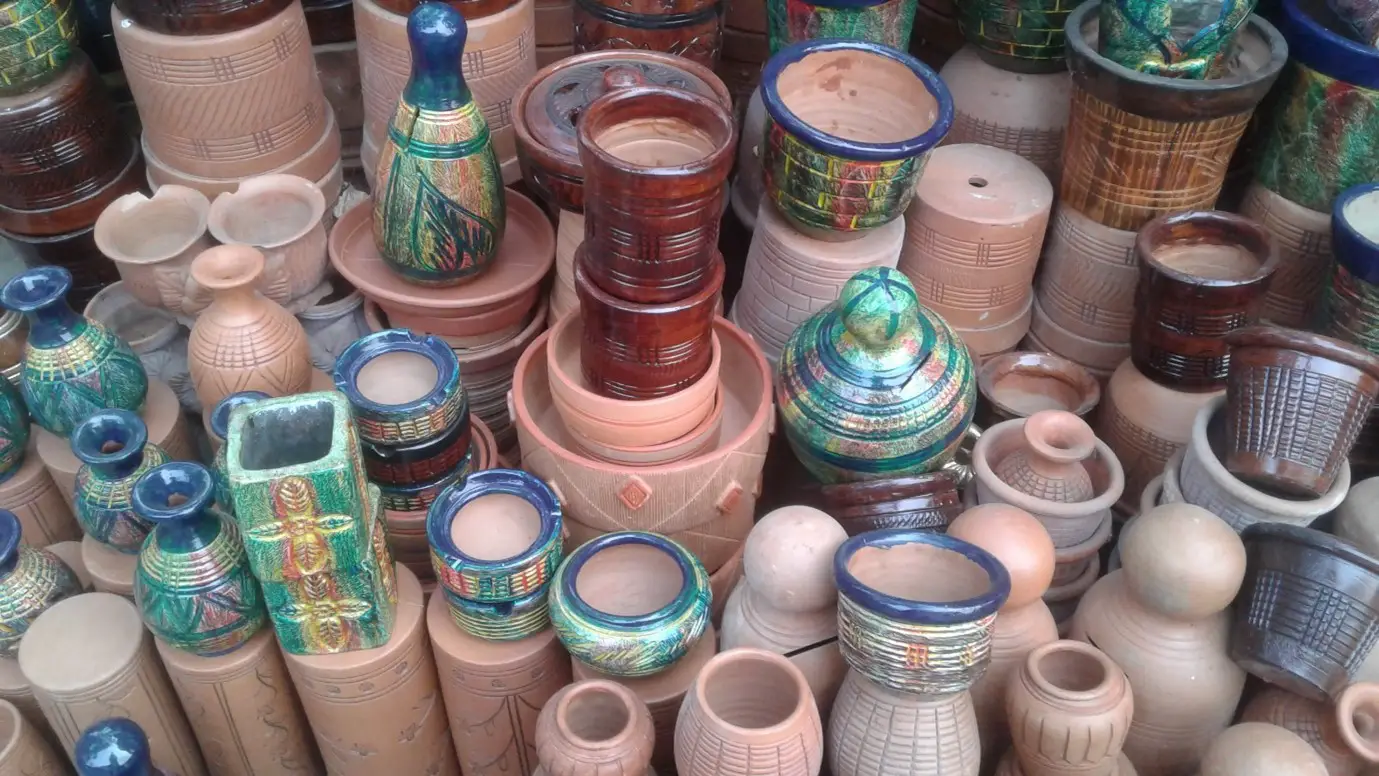Glazing is absolutely a fun part of adding proper finishing and luster to your pottery piece. While glazing, you can simply play with a plethora of fluxes to give your pottery the best and most unique look every time. There is no need to know about all the fluxes as they are innumerable and give you different results.
However, knowing the basic information about the various fluxes can help you acquire the desired result you want to create every time you do something new with your pottery glazing. Here, in this article, we will talk about the fluxes that you can use in your pottery to get a gorgeous finish. Have a look.
Wood Ashes:
When it comes to pottery glazing, the natural components work like magic to add color to the glazing. One of the very easy-to-find and natural fluxes is wood ashes. Usually, the fluxes come in a variety of categories. The categorization is firmly based on the dominant component present in the flux. But the wood ashes are quite different and exceptional in such cases. The chemical constituents present in the wood ashes vary rapidly. Also, the nature of the chemical components in wood ashes is very complex.
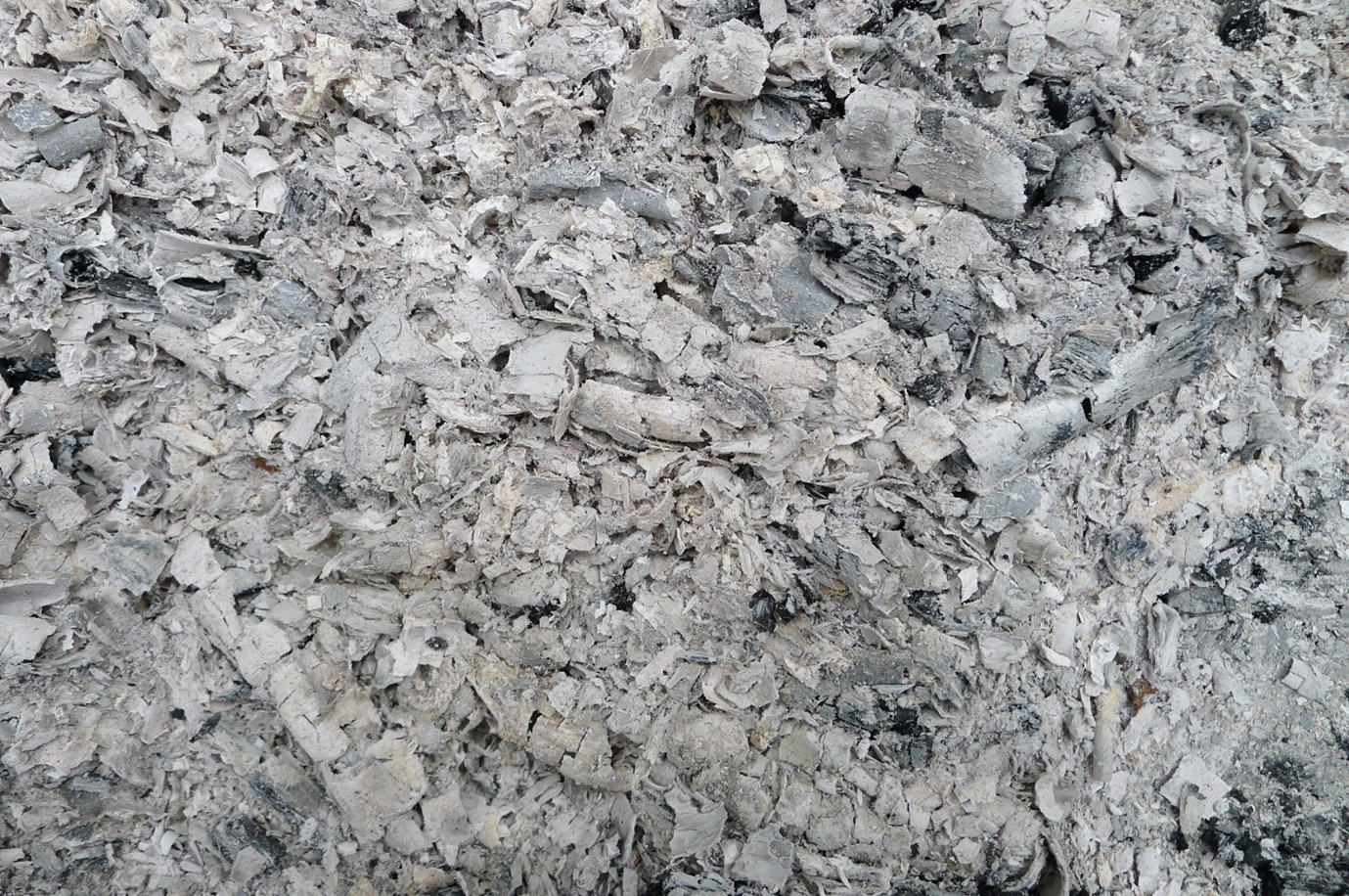
Wood ashes are very easy to obtain from a myriad of natural components. You can use any of the ingredients to prepare the wood ashes to get various coloring effects. One can use grasses, straws, reeds, leaves, and various other components to create wood ashes. The high alkaline content in the wood ashes works as the flux in the glaze. It is pretty much caustic by nature.
Organic wood ashes usually contain chemical components in a variety of ratios. Here is what it contains:
Minerals | Ratio |
| Silica | 30-70% |
| Alumina | 10-30% |
| Calcium | 30% |
| Potassium | 15% |
| Phosphorus | 13% |
| Iron | 5% |
| Magnesia | 10% |
Potassium Fluxes:
One of the widely used fluxes for pottery is the potassium fluxes. The Potassium fluxes are much more durable by nature. The potassium fluxes are those components that are rich in potassium and offer a very optimum glazing experience. The best part about the potassium fluxes is that they are very durable and leave a very impactful coloration on the pottery surface. Here are the potassium fluxes which are mostly used:
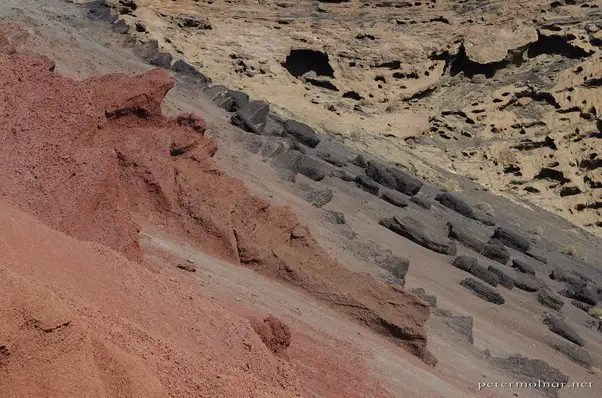
- Volcanic ash: It contains a maximum of potassium. However, the chemical composition often varies. While using Volcanic ash for your pottery glazing, it is better to do a sample test before applying it to your bigger work.
- Cornwall stone: The Cornwall stone or the Cornish stone is rich in potassium. Simultaneously, it also contains little sodium and calcium, which makes it highly usable for various effects.
- Potash feldspar: The potash feldspar is suitable for your high-firing glazing. Fluxes like Custer and G-200 are the potash feldspar which does an excellent job for high firing ranges.
Sodium Fluxes:
If you are looking for the flux component for the mid-firing range, then the sodium fluxes are pretty great to use. The Sodium fluxes generally contain rich sodium content, which leaves very impactful glazing on the pottery surface. The sodium fluxes may not be as durable as the potassium fluxes, but it is excellent to use if you want a glaze for both the mid and high-firing compatibility. Here are some of the sodium fluxes that you can use:
- Sodium carbonate: Sodium carbonate from soda ash is much easier to find for your glazing. Sodium carbonate is easy to acquire with any of the soda products. You can also find it at your nearby potter’s shop.
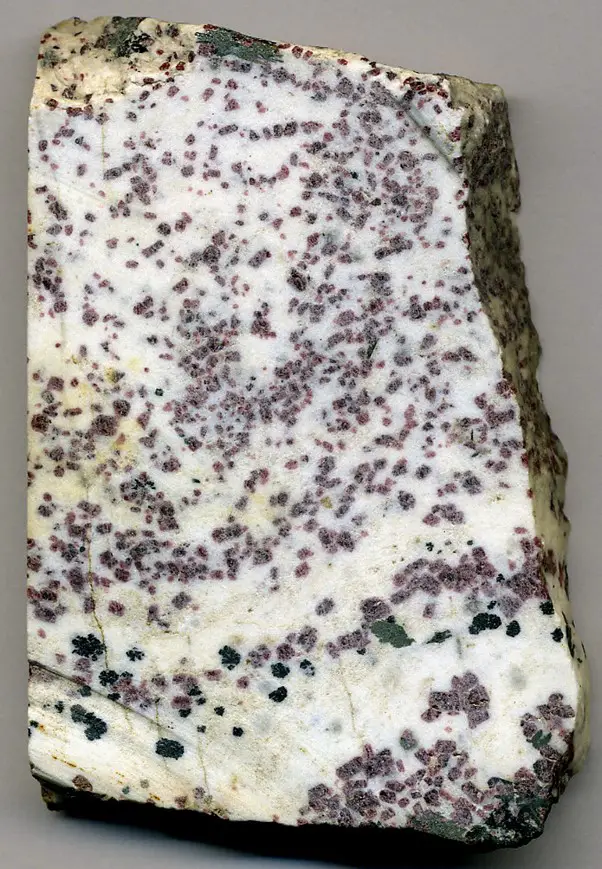
- Nepheline Syenite: Nepheline Syenite is a high soda feldspar that comes with potassium and soda components. It has a significantly lower melting temperature than the other soda fluxes and offers optimal mid-range temperature performance.
- Soda Feldspar: Soda Feldspar is a very common kind of soda fluxes that many potters highly use. Also known as Kona F-4, the soda feldspar has a bit higher melting temperature.
- Sodium chloride: Sodium chloride or table salt is very easy to find and use in your glazing mixture. It is used for salt firing and for vapor glazing to add a very naturally vibrant color.
Boron fluxes:
While working with the glazing fluxes, you must have heard of the borax fluxes, which are high on boron. Thus, boron is very commonly used for low firing. The boron fluxes are very easy to mix and obtain the proper melting to adhere to the surface properly. Here are the very popular boron fluxes:
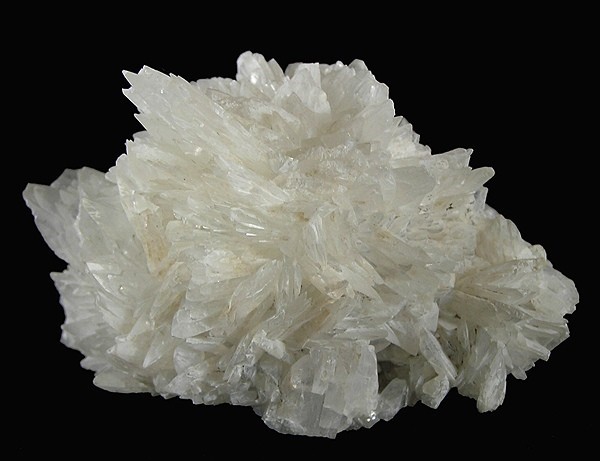
- Colemanite: Colemanite is a boron flux that you can use for low-fire glazing much more effectively. Though it is a bit rare, you can easily find it at any store.
- Borax: Borax is one of the most vital components of the raku glazes. Also, it is very smooth to use for high-firing glazes that offer a very unique and durable glazing effect.
- Gerstley Borate: Though the Gerstley borate is rare to find out as it is no longer mine, you can still find it in the pottery shops for glazing, probably at a bit costly range. There are also synthetic alternatives of the Gerstle borate that you can use to replace it.
- Frits: Boron-rich frits are also very useful to use as a boron flux. Ferro frits like 3110, 3124, and 3134 are widely used as boron fluxes, which offer a desirable result while glazing.
Lithium Fluxes:
The lithium fluxes are very popular in glazing to acquire the rich glazing effect. Also, lithium fluxes are widely used for achieving crystal growth for the crystalline glazes to get the proper alluring effect. Here are the fluxes that contain high lithium material:
- Lithium Carbonate: For acquiring the crystal growth in the glazing, lithium carbonates work as a very effective one. It is rich in lithium material which works as a very effective one.
- Lithium Feldspar: Lithium feldspar is very effective to use as a lithium glaze. Glazings like spodumene and petalite is commonly used as lithium feldspar, which is easy to use for the mid-firing temperature.
Magnesium Fluxes:
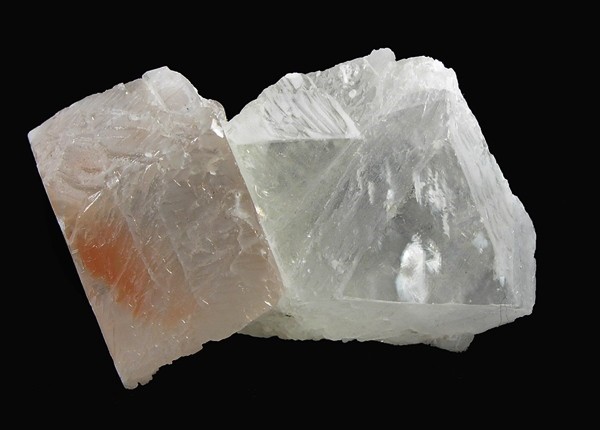
The magnesium fluxes are also another very effective flux that you can use to acquire the firing glazing. The magnesium fluxes are very useful for achieving smooth glazing and a nice texture over your pottery surface. Here are the magnesium fluxes which are commonly used:
- Talc: Talc is a widely popular material for preparing the glaze mixture. The talcs are popularly used to get a creamy and white texture. It is a general preference for the flux in low-temperature clay bodies. Also, it is the best flux for both low and high-fire glazing.
- Magnesium carbonate: To acquire the high firing range in the magnesium carbonate fluxes, it is a perfect component. It rightly increases the adhesion power of the glazing. Also, it is excellent to enhance the viscosity of the glazing. It is best for use in matte glazing.
- Dolomite: Dolomite works as a calcium and magnesium carbonate flux, which is widely used for high-fire range glazing. It is best for acquiring both calcium and magnesium glazing results.
Calcium Fluxes:
Calcium fluxes are one of the most used flux agents in the maximum of glazing mixtures. The calcium fluxes usually include various options that you can finely use to gain consistency and the desired effect in your glazing mixture. Here are the calcium fluxes which are very popularly used as the glazing properties:
- Whiting: Whiting or calcium carbonate and lime are very popularly used for writing purposes. To acquire that creamy texture of the glazing, the whiting is used in 20% of the ratio. It is beneficial for high-fire glazing.
- Wollastonite: Wollastonite or calcium silicate is used for clay bodies and glazing, making pottery work very effectively. It is easier to achieve strength and reduce shrinkage with the wollastonite in the mixture.
- Dolomite: Dolomite or calcium magnesium carbonate is one of the very popular glazing components. It is widely used to acquire the flux for the white glazing results. Dolomite is merely ideal for high-fire glazing.
- Bone ash: Bone ash or calcium phosphate is an excellent flux component for gaining opacity. Also, it offers the proper opalescence in the glazing and for optimal fluxing.
Lead fluxes:
The lead fluxes are the most used flux for acquiring the best quality glazing. Though lead does not go compatible with food-grade glazing, it is best to use it for decorative and commercial glazing. Lead is undoubtedly the most commonly used flux. It is very effective for low firing temperatures and enhances the opacity of the color. However, the toxic nature cannot be ignored. Even after firing, the lead components can leach out of the glazing texture and get mixed in the food or beverages, making it unsafe for use; however, it still can be used for non-functional pottery pieces. Here are the fluxes of lead that are very popularly used:
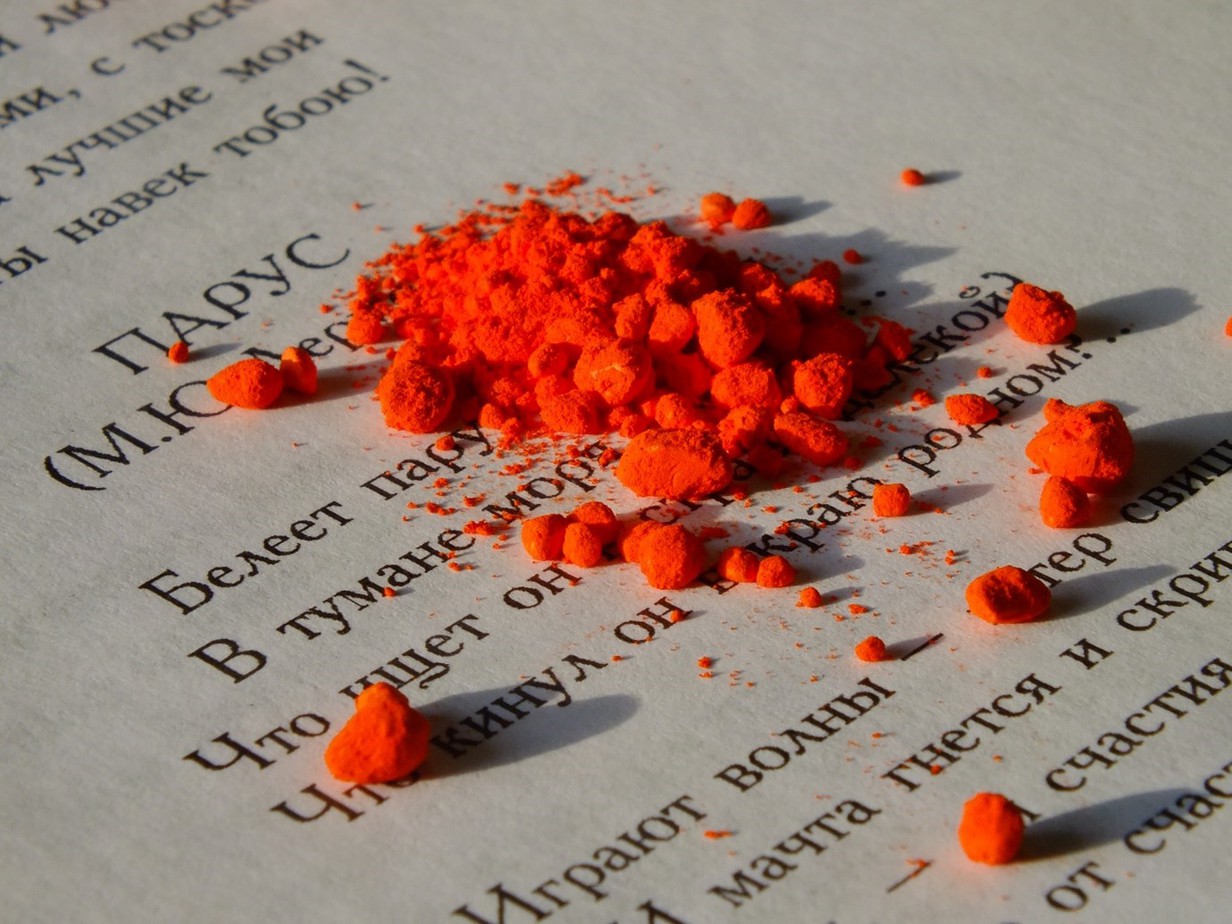
- Lead silicate: Lead silicate is very low in toxicity. However, it is still toxic but offers a very optimal glazing texture. It fluxes well with the firing and offers much adhering of the glazing.
- Lead frits: Lead frits are very popular and widely used for glaze fluxing. The lead frits are low in toxicity and mix well with the mixture, making them safe enough to use.
- Red lead: Red lead is the raw lead which is extremely toxic. However, the lead continents have a high fluxing nature, which adds a lovely glow and texture to the glazing components.
- White lead: White lead is another form of raw lead which are used in glazing. The white lead is usually used for a light coloring effect and firm adherence to the glazing, which makes it very cumulative for increasing the exposure of the lead content while using.
What are the other fluxes that you can use?
The fluxes mentioned above are widely used for basic glazing mixtures. There are also other glazing fluxes, which may not be widely used but undoubtedly offer better results when you want to experiment with your glazing flux range. Have a look:
Iron Fluxes:
The Iron fluxes are high in iron content. Also, the iron fluxes are used as a colorant. However, it offers a powerful flux range to the pottery in the atmospheric reduction range. Ferric oxide is also used as a colorant. On the other hand, ferrous oxide works powerfully as a fluxing agent.
Zinc Oxide:
Zinc oxide is powerful for the high firing temperature range. While you use zinc oxide for the fluxing range, it will vaporize in the reduction atmosphere, which causes a very toxic fume. For added opacity and more crystal growth, you can easily use zinc oxide for fluxing.
Strontium carbonate:
Strontium carbonate can easily be used as an alternative to calcium carbonate. Using this flux is very beneficial if you want to acquire the resistance range for the crazing and scratching, making it a perfect option for food-grade glazing.
Barium carbonate:
Barium carbonate is widely used for fluxing at higher temperatures. It can quickly produce satin matter and stony matte glazes, which offer a very alluring texture to the pottery surface.
Suitable fluxes as per the firing range:
Here we have thoroughly discussed the variety of fluxes that you can use for your pottery glazing. However, you need to keep in mind that the flux you will pick needs to go suitable for the firing range.
Here’s a guide.
Firing range | Suitable fluxes |
| Low fire range | Boron, wood ashes |
| Mid fire range | Lithium fluxes, sodium fluxes |
| High fire range | Barium carbonate, zinc oxide, lead frit, magnesium flux, calcium flux, potassium flux |
Also, ensure you are using the proper clay to get the best result while glazing. You can use Pottery Clay – 5 lb Terra Cotta Low Fire Cone 06 Clay to get the best result.
Conclusion
The fluxes mentioned above are very useful and widely used to achieve a very nice and alluring glazing result. However, glazing is all about experimenting with the fluxes and glazing components to complete your creation’s uniqueness. So next time you opt for using fluxes, do not forget to use the ones mentioned above to get a beautiful result.
Happy sculpting!

